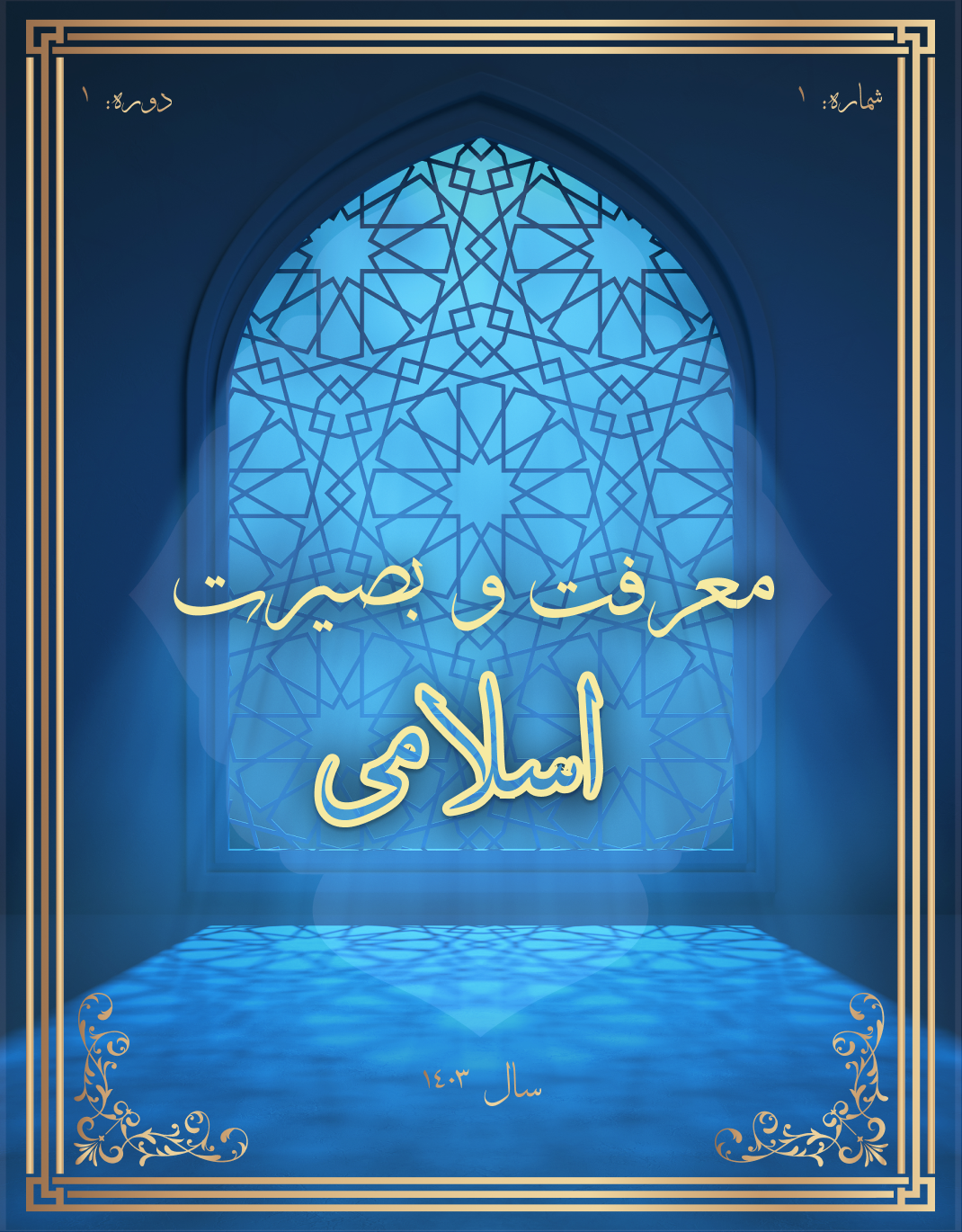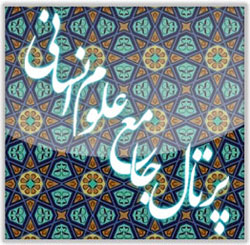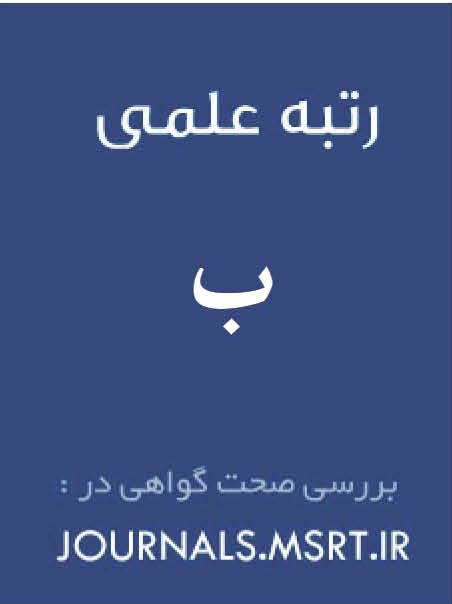The Role of Women's Prayers in Abrahamic Religions
Keywords:
Abrahamic religions, prayer, women, Christianity, Judaism, Fatima Zahra, IslamAbstract
This study aims to conduct a comparative and descriptive analysis of women's prayers in the three Abrahamic religions (Judaism, Christianity, and Islam). By focusing on sacred texts and historical narratives, this research seeks to answer the question of how and to what extent the role of women in prayer and their relationship with God has differed among these religions. The findings indicate that although these religions share common roots, significant differences exist in practices, concepts, and the position of women in prayer. Cultural and historical factors, as well as diverse interpretations of sacred texts, have influenced the formation of these differences. This research provides a deeper understanding of the position of women in Abrahamic religions and their forms of prayer, contributing to the recognition of the historical evolution of this position.
Downloads
References
Abedi, A. (2023). Umm al-Mu'minin Khadija al-Kubra. Bustan-e-Ketab.
Bastani, M., & Rashidi, L. (2023). History of Arabic Literature in Light of Islamic Methodology. House of Zohal Thought.
Dehkhoda, A. A., Shahidi, S. J., & Givi, H. A. (1998). Dehkhoda Lexicon. University of Tehran Publishing Institute.
Durant, W. (1995). Pleasures of Philosophy in the Story and Destiny of Mankind. Scientific and Cultural Publications.
Ehrman, B. D. (2023). The New Testament: A Historical Introduction to the Early Christian Writings. University of Religions and Denominations.
Firuzabadi, M. i. Y. (1994). Qamus al-Muhit (Vol. 4 Volumes). Dar al-Kutub al-Ilmiyya.
Hashemi, B. Z. (2016). Quarterly of Scientific Investigations of Religious Students. Issues 35-36.
Ibn Tawus, A. i. M. (1986). Falah al-Sa'il wa Najah al-Masa'il. Office of Islamic Propagation.
Ibn Tawus, A. i. M. (2005). Muhaj al-Da'awat wa Manhaj al-Ibadat. Dar Anwar al-Huda.
Ibn Tawus, A. i. M., & Fahri Zanjani, S. A. (2022). Al-Luhuf Ala Qatl al-Tufuf (Burning Sighs on the Martyrs' Graves). International Printing and Publishing Company.
Kohen, A. (2003). A Treasury of the Talmud. Asatir.
Macintosh, C. (1982). Commentary on the Book of Genesis. Kinesa al-Ikhwan.
Madani Dehkharaqani, S. B. (2014). The Role of Women in the Wars of Early Islam (Until the Umayyad Era). Bustan-e-Ketab.
Majlisi, M. B. i. M. T., & Mousavi, K. (1998). Bihar al-Anwar. Islamiyeh Bookstore.
Mason, D. (2006). The Quran and the Bible. Sohravardi Research and Publishing Office.
Masoud, J., & Nejad, R. E. (2014). Al-Ra'id: Alphabetical Arabic-Persian Dictionary (Vol. 2 Volumes). Affiliated with Astan Quds Razavi.
McDonald, W. Interpretation of the Holy Bible for Believers.
McGrath, A., & Bayat, M. R. (2014). A Handbook of Christian Theology (Part 2). University of Religions and Denominations.
Mohammadi, K. (2013). The Voice of Love: A Study in True Love and the Truth of Love. Najm-e-Kubra.
Mohammadi, K. (2015). The Desire for Reunion.
Noss, J. B. (2001). A History of World Religions. Scientific and Cultural Publishing.
Partow, M., & Adel, G. A. H. (2017). Zainab bint Ali ibn Abi Talib. In Encyclopedia of the Islamic World (Vol. 22). Foundation of Islamic Encyclopedias.
Qaderi, H. (2007). Aspects of Identity. Shirazeh.
Qahfarrokhi, A. F., Motlaq, S. B., & Meftah, A. R. (2022). Typology of God's Central Attribute in the Sacred Texts of Abrahamic Religions. Comparative Theology, 28, 159-172.
Qomi Mashhadi, M. i. M. R. (1988). Tafsir Kanz al-Daqa'iq wa Bahr al-Ghara'ib. Institute for Printing and Publishing.
Rahmani, S., & Pourseena, M. (2019). Women and the Position of Divine Vicegerency (A Quranic, Psychological, and Mystical Reflection). Bustan-e-Ketab.
Rashad, A. A. (2022). Fatemi Encyclopedia. Publications of the Research Institute of Culture and Thought.
Saboor Ardubadi, A. (2006). Innate Holiness in Women (The Role of Women in Non-Chromosomal Spiritual Heritage). Resalat Qalam.
Saduq, I. B. (2015). Al-'Ilal al-Sharai' (The Causes of Religious Laws). Armaghan Toba.
Saduq, I. B., Ghaffari, A. A., & Ghaffari, M. J. (1988). Man La Yahduruh al-Faqih. Saduq Publishing.
Saduq, I. B., & Soltani, M. A. (2016). 'Ilal al-Shara'i. Armaghan Tuba.
Shamisa, C. (1994). Literary Genres. Ferdowsi Publishing.
Steinsaltz, A., & Darabi, B. T. (2023). A Guide to the Talmud. University of Religions and Denominations.
Suyuti, A. i. A. (1983). Al-Durr al-Manthur fi Tafsir bil-Ma'thur (Vol. 6 Volumes). Library of Ayatollah Mar'ashi Najafi.
Tabarsi, A. i. A., & Mousavi Khorasani, M. B. (1983). Al-Ihtijaj. Al-Murtadha Publications.
Tabarsi, F. i. H. (1997). E'lam al-Wara bi-A'lam al-Huda. Al al-Bayt Institute.
Tabatabai, M. H. (1995). Tafsir al-Mizan. Islamic Publications Office, Society of Seminary Teachers of Qom.
Zare'ian, M., & Barzegar, K. Family Institution Policy. University of Religions and Denominations Publishing.
Downloads
Published
Submitted
Revised
Accepted
Issue
Section
License
Copyright (c) 2024 Islamic Knowledge and Insight

This work is licensed under a Creative Commons Attribution-NonCommercial 4.0 International License.








